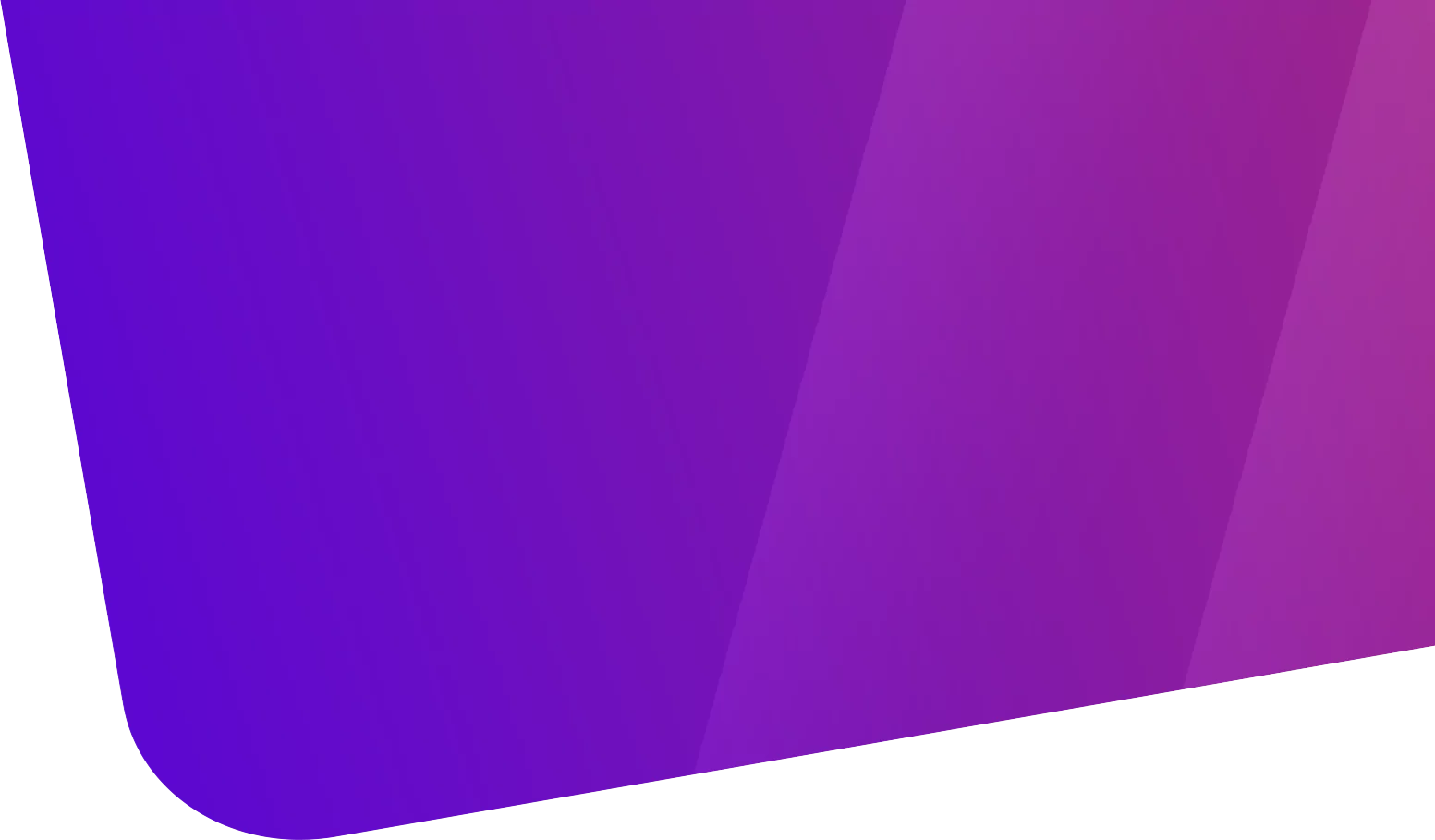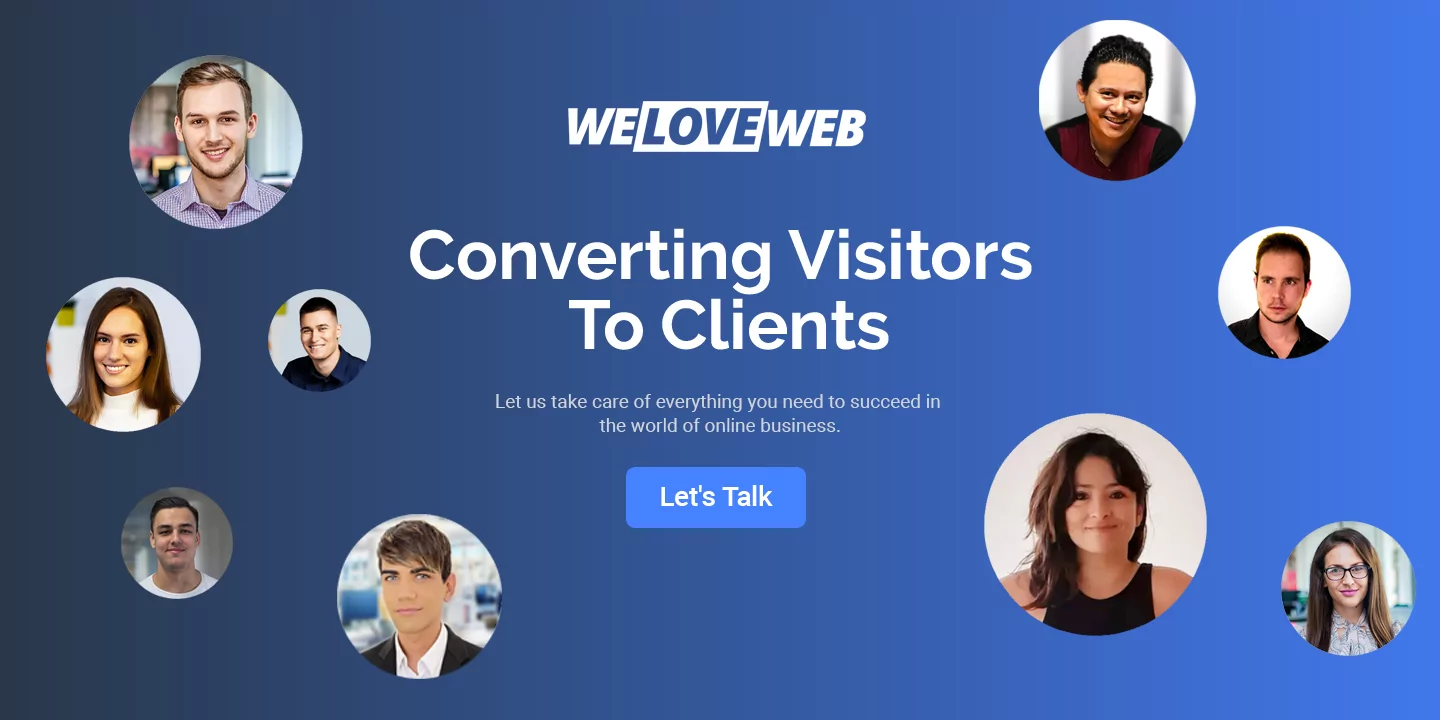Web optimization is a critical process for improving the speed and performance of websites. Through optimization techniques, loading times can be reduced and the user experience can be improved. In this article we will explore what web optimization is, what it is used for and some examples of how it is applied in practice.
What is web optimization
Web optimization is the process of improving the performance of a website through a series of techniques and tools. The main objective of web optimization is to reduce site load times and improve the user experience. This is achieved by reducing file size, optimizing code and reducing the number of server requests.
Web optimization also includes improving site speed on different devices and browsers. For example, a website that loads quickly on a desktop computer may take longer to load on a cell phone. Therefore, web optimization also involves making sure that the site loads quickly on different devices and browsers.
What is web optimization for?
Web optimization has several benefits for website owners. Some of the most important benefits include:
- Improved user experience: Web optimization improves website speed and performance, which translates into a better user experience. A website that loads quickly and runs smoothly is more attractive to users and can increase the time they spend on the site.
- Improved search engine ranking: Search engines, such as Google, take website loading speed into account in their ranking algorithm. A website optimized for speed and performance can rank higher in search results.
- Reducing user abandonment: A website that takes too long to load or performs poorly can cause users to abandon the site. Web optimization can reduce the user abandonment rate, which translates into higher user retention and conversion.
Web optimization examples
There are many techniques and tools used for web optimization. Some examples of how web optimization is applied in practice include:
- Image compression: Images are one of the elements that take the longest to load on a website. Image compression is a technique that reduces the size of images without significantly affecting their visual quality.
- Code optimization: Web site code can be optimized to reduce file size and the number of server requests. This is achieved through techniques such as code minification and the elimination of unnecessary code.
- Content Caching: Content caching allows website elements to be stored on the user’s device so that they can be loaded faster on subsequent visits.
- Reducing server requests: Reducing the number of server requests can significantly improve website loading speed. This is achieved by combining CSS and JavaScript files and removing unnecessary resources.
- Use of a content delivery network (CDN): A CDN is a network of servers distributed around the world that store copies of the website. By using a CDN, users can access the website from the nearest server, which reduces load times.
- Optimization for mobile devices: Optimization for mobile devices involves making sure that the website loads quickly and displays correctly on cell phones and tablets. This is achieved by reducing file size, optimizing code and using responsive design.
In summary, web optimization is a critical process for improving the speed and performance of websites. By reducing load times and improving the user experience, significant benefits can be achieved such as better search result rankings, increased user retention and higher user conversion. With a wide variety of web optimization techniques and tools available, it is possible to significantly improve the performance of any website.


